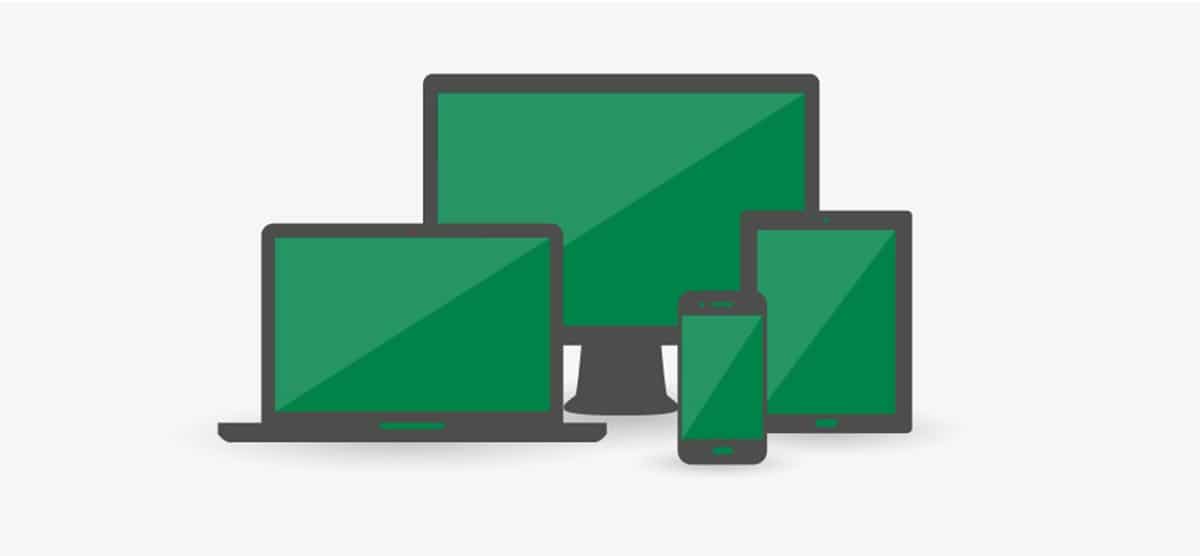The shift toward digital platforms has been taking over the news industry for quite some time, with the number of readers using the internet as their primary news source steadily growing. Last year saw the investment in digital platforms starting to pay off for media outlets.
While the transition to digital has not been an easy one, 2013 delivered some evidence that the key players of Australian and International media alike have addressed the challenge head on and are now seeing the upshots of their digital efforts.
The move to digital
The increased emphasis on digital publishing by media outlets has been partly a reluctant response to readers’ changing habits, which show that more and more people are turning to online sources for breaking news. Journalists are now publishing stories to meet peak viewing times on the web rather than old print deadlines, and publications both locally and overseas have been prompted to develop new sources of income.
Initially the digital attempts by newspapers were mostly static replicas of print copy, digitised and shrunk down to fit a desired screen. Publishers simply wanted to be in the mobile environment and there was no emphasis on trying creative approaches to device specific design or experience.
Developers have now seen the benefit in tailoring content for mobile devices such as the iPad. These platforms, with their retina display and interactivity, are appealing for advertisers as they can enable features such as e-commerce integrations – “shoppable pages” with “tap to buy” buttons, deeply integrated social capabilities, advertising embedded as content and audience specific content.
Recent figures from EMMA (Enhanced Media Metrics Australia) and the Audited Media Association of Australia paint a positive picture, with paid digital sales having more than doubled year-on-year (up 111 per cent) for the weekday editions of major titles The Age, The Australian and The Sydney Morning Herald. A supplementary indicator of change is found in the ratio of print-to-digital sales for these titles. Twelve months ago, it was 8:2 in print’s favour compared to digital. Today, the ratio stands at 6:4.
Internationally, we have seen some big moves with The Financial Times (FT) announcing last year that it plans to stop printing regional editions of the paper marking a tighter focus on digital publishing. As part of the move, there will be an increased emphasis on writing for the website. In a memo issued by Editor Lionel Barber, he said that the move is “absolutely the right way forward in the digital age”.
There has been lively debate within the industry on just how profitable digital can be. Metered paywalls, such as that employed by the FT, are generally recognised as the most successful approach for driving subscriptions while remaining accessible. Outlets that use paywalls have the luxury of dispensing with sensationalised stories as a way of luring readers and advertisers, and prioritise content to an audience willing to pay for quality.
There are also examples though of on-line editions which have experienced such growth in digital advertising it is offsetting the loss of print revenues. In November, Daily Mail & General Trust, publishers of the Daily Mail and Mail on Sunday (UK), said that they were approaching a significant milestone in the transition from newspaper to digital publishing as it reported a 10 per cent rise in underlying full year profits. The company’s biggest digital asset, website Mail Online, increased revenues by 48 per cent to £41 million for the year to September 30.
The transition phase has been bumpy, and not without casualties, but if what we have seen throughout 2013 can be any indication, there has been validation that being responsive to readers in both content and delivery can provide a solid foundation on which to move forward on this unchartered journey.




